Time Periods
Paleolithic
Mesolithic
Neolithic
Chalcolithic
Bronze Age
Iron Age
Classical Period
Post-Classical Period
Early Modern Period
Industrial Period
Contemporary Period
Time Periods
Paleolithic
Mesolithic
Neolithic
Chalcolithic
Bronze Age
Iron Age
Classical Period
Post-Classical Period
Early Modern Period
Industrial Period
Contemporary Period
Location
About
Ctesiphon was a significant city in ancient Mesopotamia, serving as a capital for both the Parthian and Sasanian Empires. Located on the eastern bank of the Tigris River, it was a thriving commercial and political hub. The city witnessed several historical events, including sieges and occupations by the Romans and later the Muslim Arabs. Notable for its grand architecture, the most prominent remaining structure is the Taq Kasra, a massive archway that was part of the Sasanian royal palace. Ctesiphon was one of the largest cities globally during its peak and held a diverse population practicing various religions. Its decline began after the Muslim conquest, as the political and economic center shifted to Baghdad.
Gallery
Explore photographs of ancient structures, artifacts, and archaeological excavations at Ctesiphon
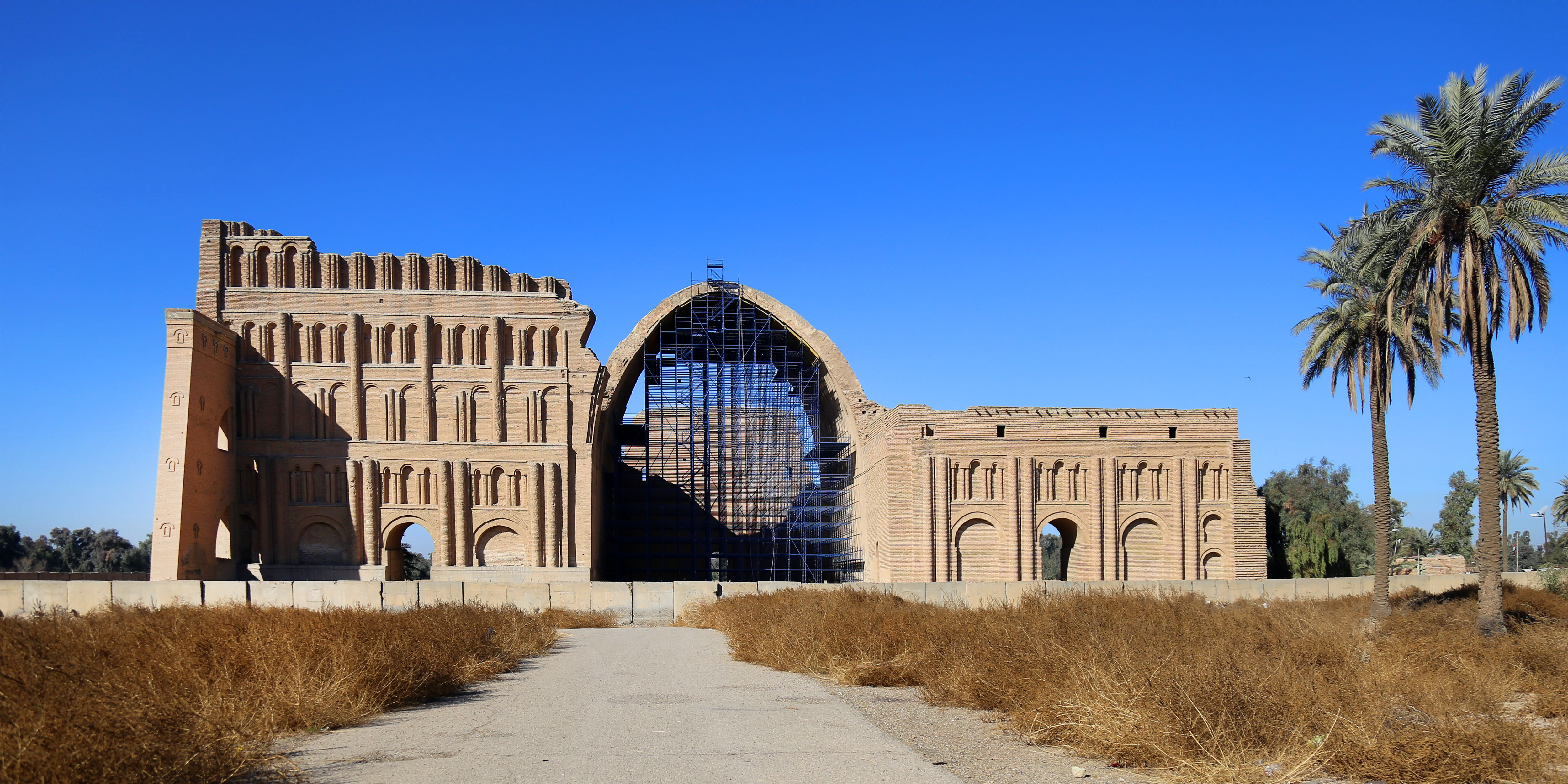
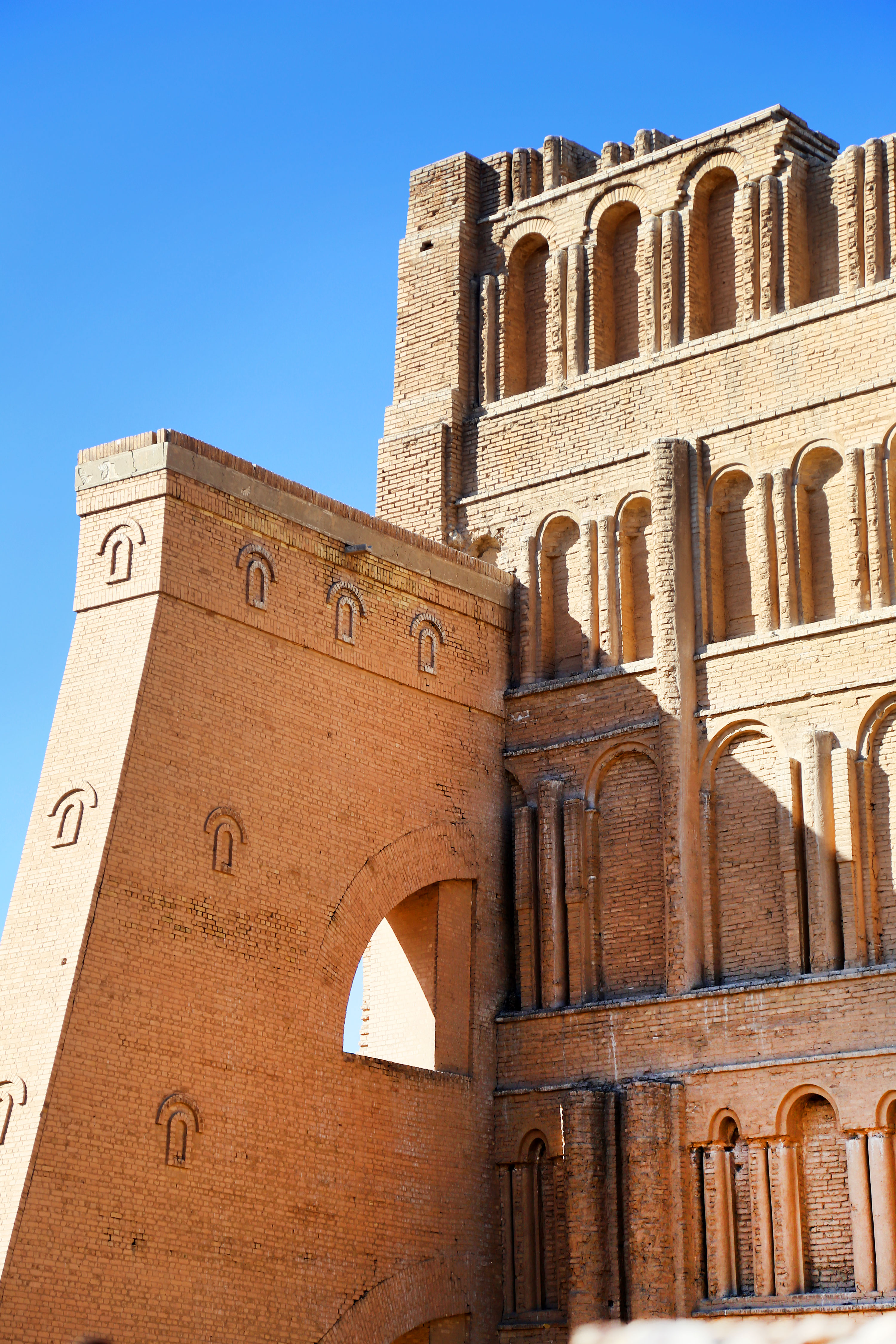
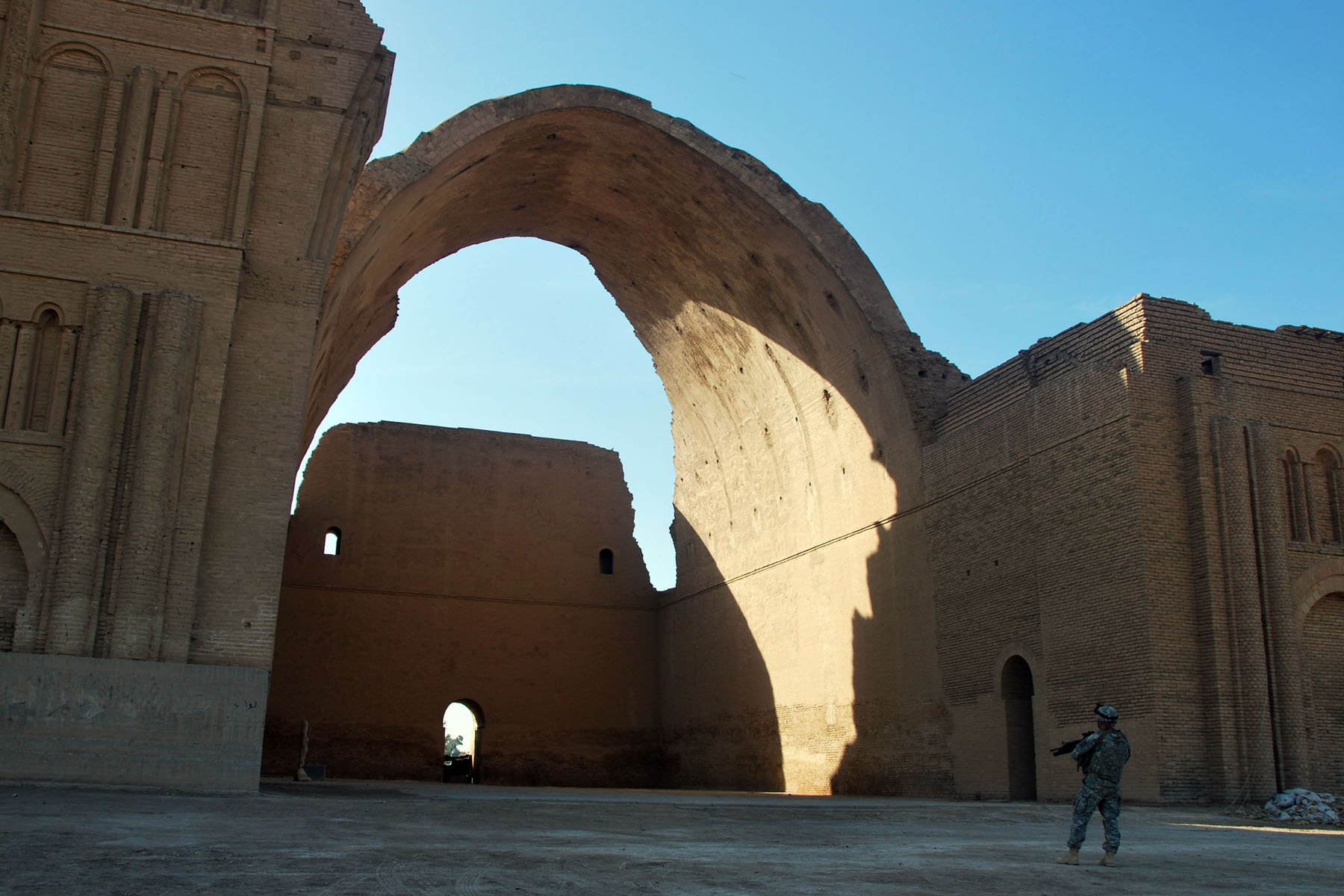
Archaeological Features
Explore the unique architectural and cultural elements found at this historical site
Defensive Structures
Military Installations
Public and Civic Structures
Religious and Ritual Structures
Domestic and Habitation Structures
Historical Timeline
Journey through time and discover key events in this site's archaeological history
Plan Your Visit
Details
- Country
- Iraq
- Source
- Wikipedia
More Sites in Iraq
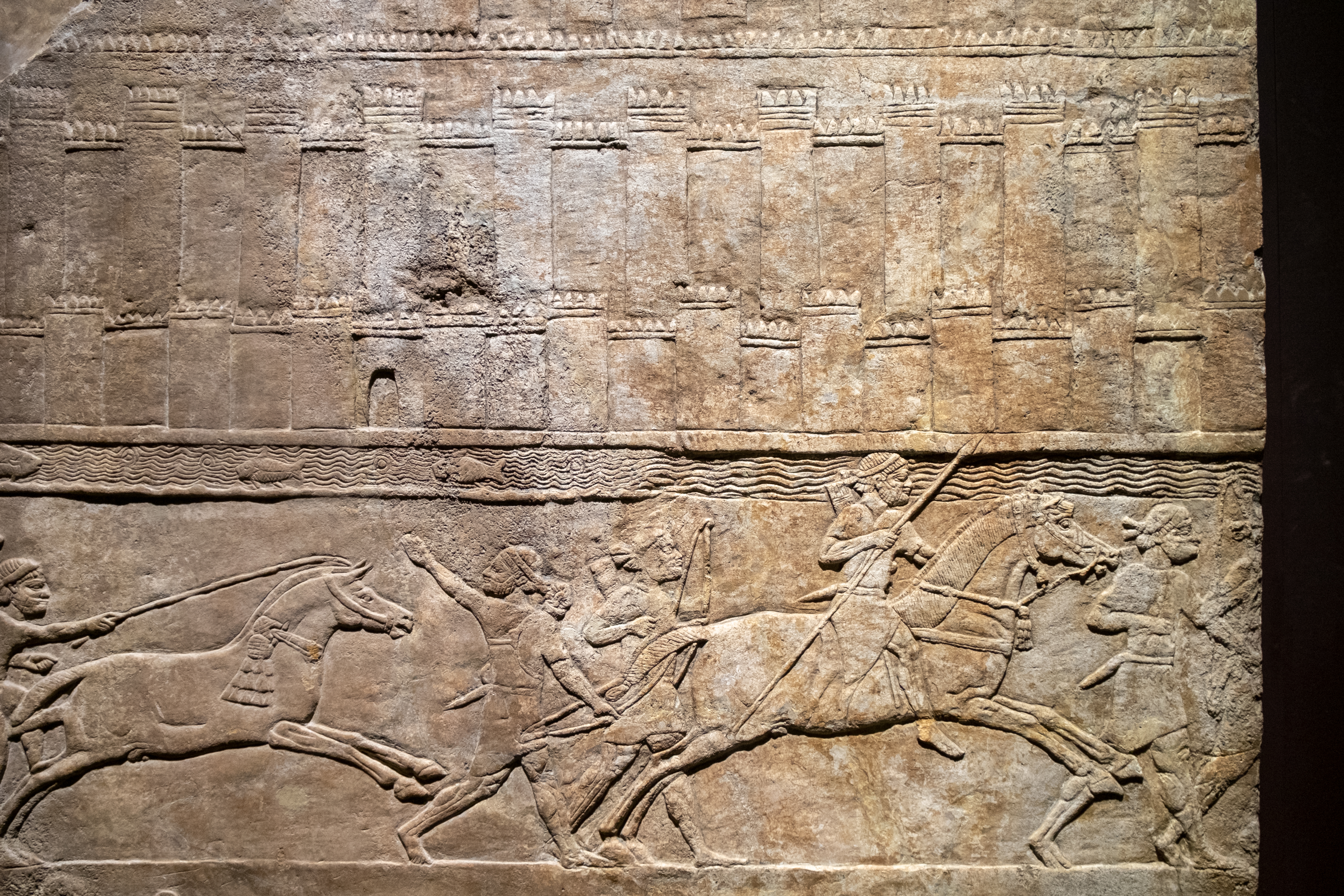
Nineveh
Ancient Assyrian city with monumental ruins
Tulul al-Baqarat
Ancient, multiperiod site with temple remains.
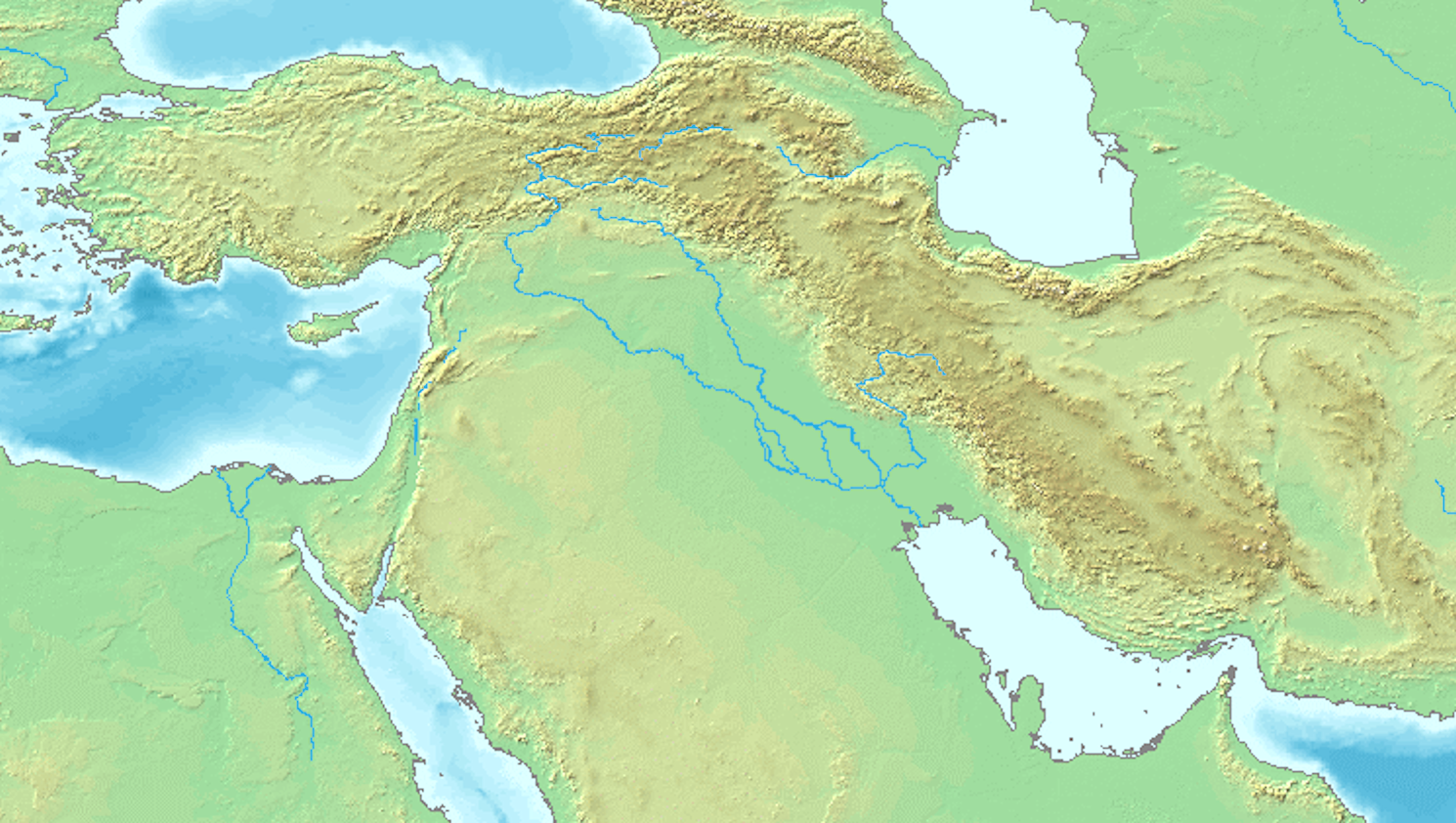
Bestansur
Neolithic tell in the Shahrizor Plain
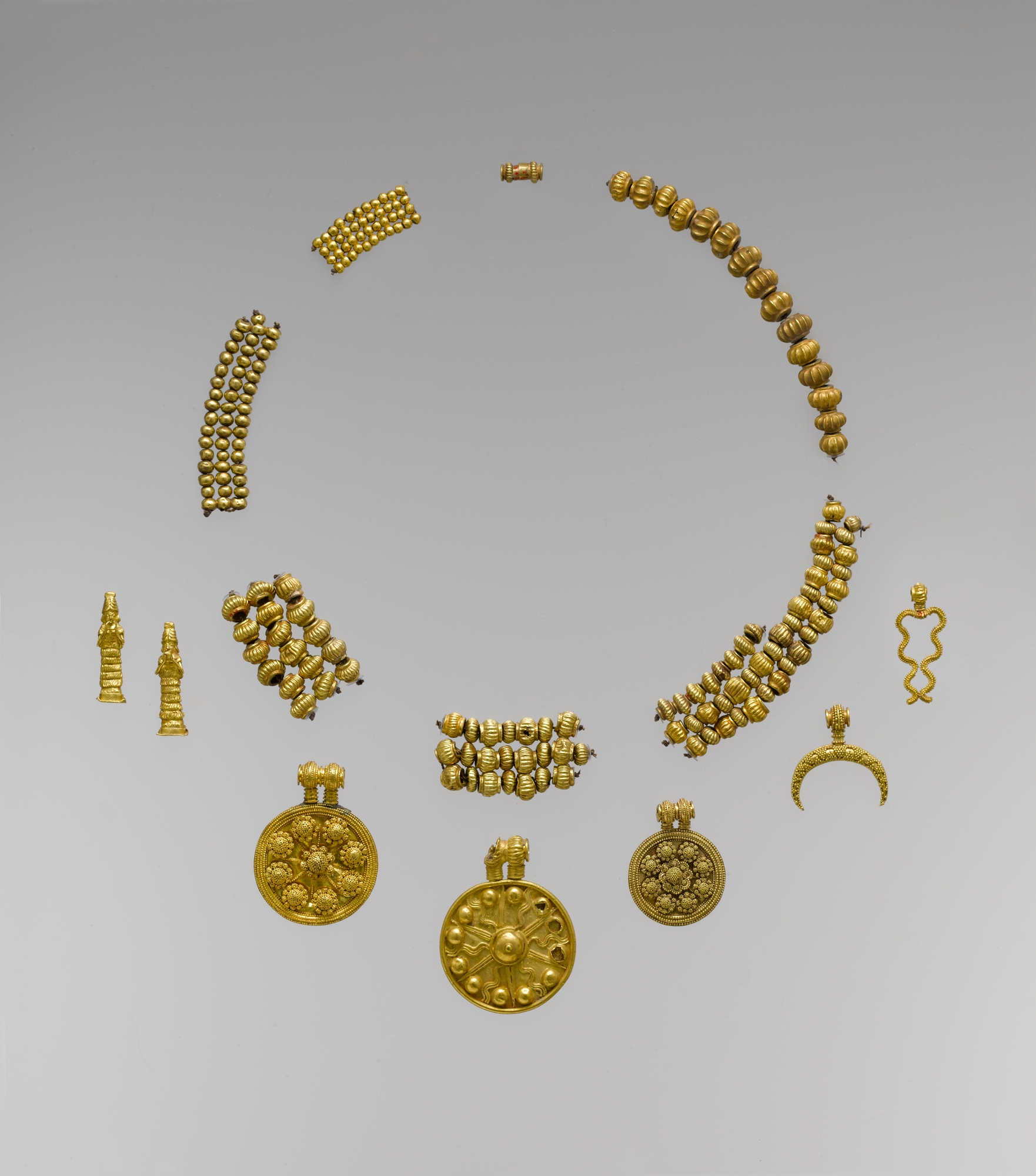
Dilbat
Ancient city with ziggurat and temple remains
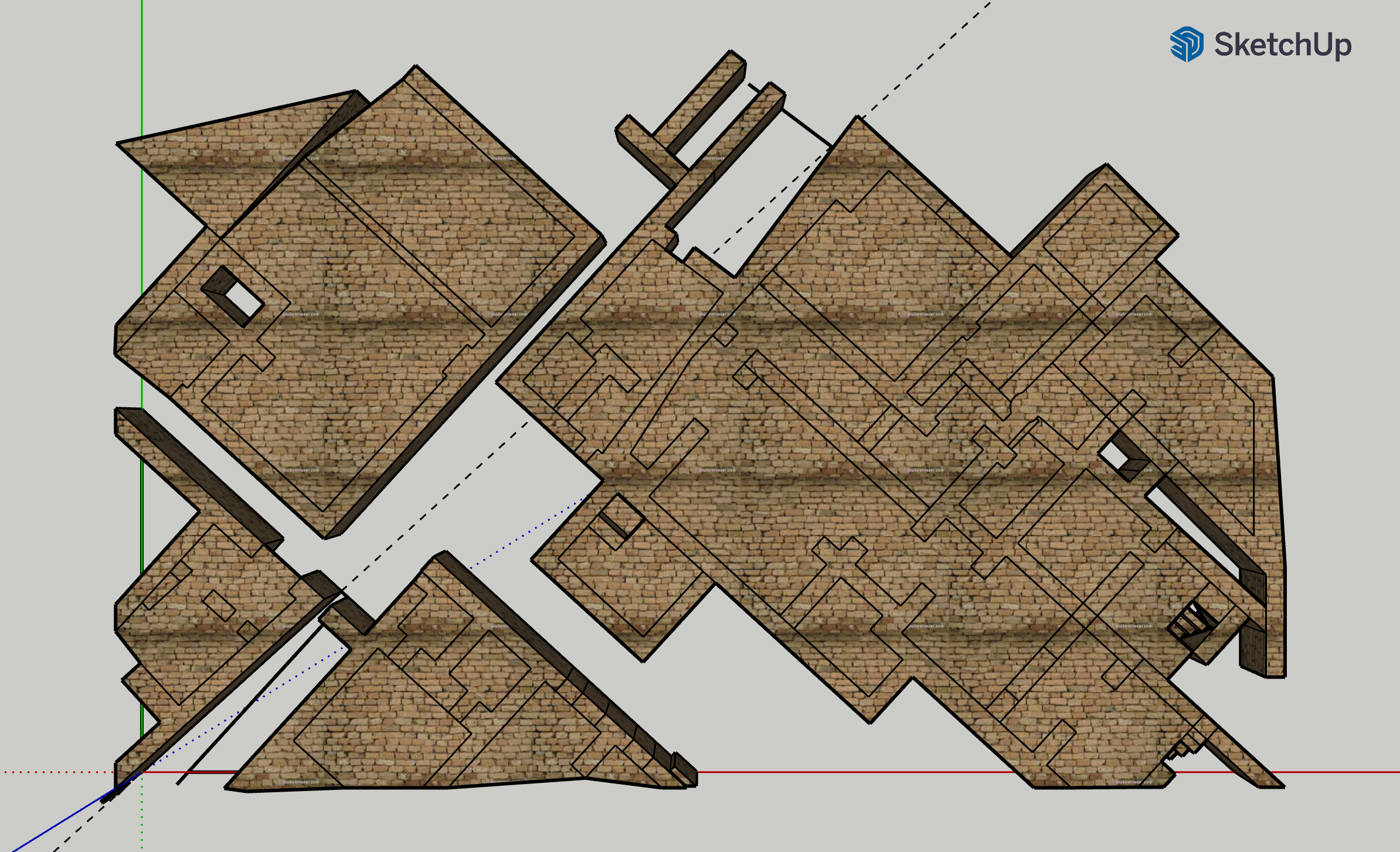
Nippur
Ancient Sumerian city with significant temples

Tell al-'Ubaid
Small tell with Chalcolithic and Dynastic remains